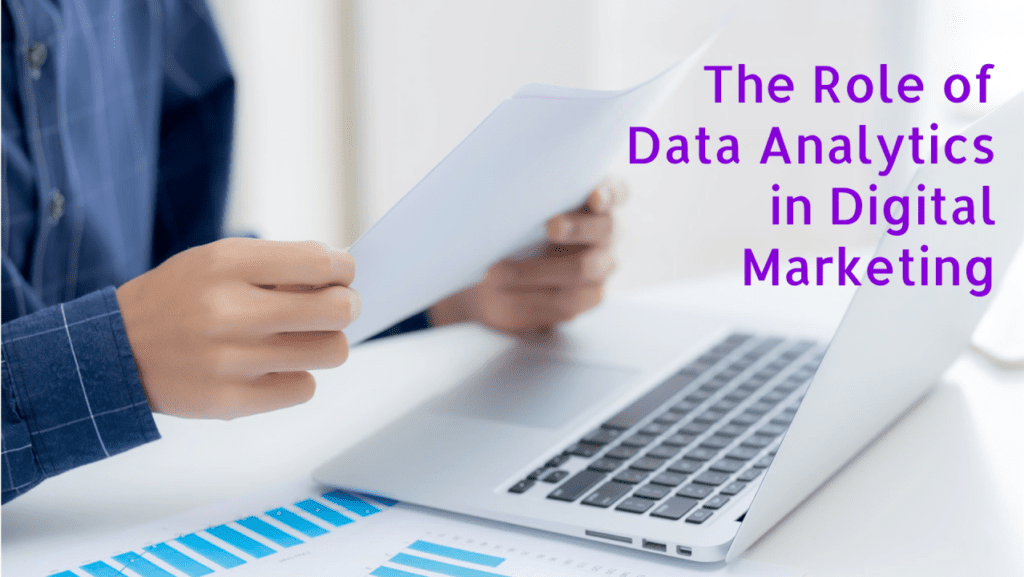- Have any questions?
- +91 96020 93137
- +91 93525 62080
- info@worldseoservices.com
The Role of Data Analytics in Performance Marketing Strategies

How to Measure Success in Performance Marketing: Essential KPIs and Metrics
November 18, 2024
Performance Marketing vs. Brand Marketing: What’s Right for Your Business?
November 18, 2024Performance marketing, in particular, relies heavily on actionable insights derived from data analytics to achieve measurable results. But what exactly is the role of data analytics in performance marketing strategies? At World SEO Services, we believe understanding this role is key to crafting effective campaigns that maximize return on investment (ROI) and drive sustained growth.

The Power of Data in Performance Marketing
Performance marketing thrives on measurable outcomes. Unlike traditional advertising, which often struggles to demonstrate clear ROI, performance marketing focuses on results such as clicks, conversions, and customer acquisition. Data analytics empowers marketers to track these outcomes, optimize campaigns, and allocate budgets more effectively.

By leveraging data, businesses can gain a deep understanding of their audience, identify trends, and predict future behaviors. This enables marketers to create strategies that are not only targeted but also highly efficient.
Key Contributions of Data Analytics in Performance Marketing Strategies
- Understanding Your Audience
By analyzing this data, marketers can segment audiences and tailor campaigns to resonate with specific groups. For instance, tools like Google Analytics or Facebook Insights reveal which demographics engage most with your content, helping you focus your efforts on high-performing segments.
- Optimizing Ad Spend
One of the most significant benefits of data analytics in performance marketing is the ability to track ROI on every dollar spent. Platforms like Google Ads and Meta Ads Manager provide data on cost-per-click (CPC), cost-per-acquisition (CPA), and return on ad spend (ROAS), enabling marketers to make informed decisions about budget allocation. This precision ensures that you’re investing in campaigns and channels that deliver the best results.
- Personalizing Campaigns
Personalization is a game-changer in digital marketing. Data analytics enables marketers to analyze user behavior and craft personalized messages and offers. For example:- Email campaigns can be customized based on past purchases or browsing history.
Personalization driven by analytics creates a more engaging experience, improving click-through rates (CTR) and customer loyalty.
- Predicting Trends and Behaviours
Predictive analytics, powered by machine learning and AI, helps marketers forecast future trends and consumer behaviors. By analyzing historical data, businesses can anticipate demand, seasonality, and shifts in customer preferences. For example:- E-Commerce businesses can use predictive analytics to determine which products to promote during specific times of the year, optimizing inventory and ad spend.
- Improving Campaign Performance
A/B testing, powered by data analytics, allows marketers to test different versions of ads, landing pages, or emails to determine what works best. Metrics like conversion rate, bounce rate, and average session duration provide actionable insights into user interactions, enabling continuous optimization.
- Attribution Modeling
Attribution modeling is crucial in performance marketing as it identifies which channels or touchpoints contribute most to conversions. Data analytics helps marketers choose the right attribution model—be it first-click, last-click, or multi-touch—to understand the customer journey and allocate resources accordingly.
Tools That Facilitate Data-Driven Performance Marketing
Here are some popular platforms that aid in data-driven decision-making:
- Facebook Ads Manager: Provides campaign performance metrics, audience insights, and budget optimization.
- HubSpot: Offers tools for email marketing, customer relationship management (CRM), and lead tracking.
- SEMrush: Delivers insights on SEO performance, keyword research, and competitive analysis.
- Tableau: A powerful data visualization tool for creating detailed reports and dashboards.
By combining these tools, businesses can gather comprehensive data to inform their performance marketing strategies.

Challenges in Leveraging Data Analytics
While data analytics offers immense potential, it also presents challenges:
1. Data Overload
With vast amounts of data generated daily, it’s easy to feel overwhelmed. Marketers must focus on actionable insights rather than getting lost in irrelevant metrics.
2. Integration of Data Sources
Integrating data from these sources into a cohesive view can be complex without the right tools.
3. Privacy Concerns
With stricter data privacy laws like GDPR and CCPA, marketers must ensure compliance while gathering and analyzing user data. Transparency and consent are key to maintaining trust.
4. Skill Gap
Analyzing data requires technical skills and expertise in tools and platforms. Investing in training or hiring data-savvy professionals can bridge this gap.
Best Practices for Using Data Analytics in Performance Marketing
1. Define Clear Objectives
Start with specific, measurable goals. Whether it’s increasing CTR or reducing CPA, your objectives will guide your data analysis efforts.
2. Monitor Metrics Continuously
Performance marketing requires real-time monitoring. Set up dashboards to track KPIs regularly and adjust campaigns as needed.
3. Invest in Automation
Automation tools are used to streamline data collection and analysis. Platforms like Google Ads and HubSpot offer automated reporting and insights.
4. Stay Ethical
Respect user privacy by collecting data ethically and adhering to regulations.



